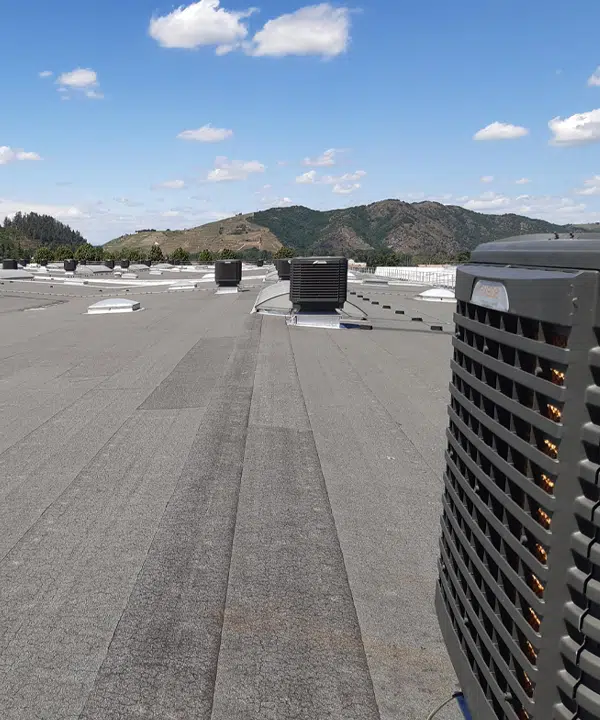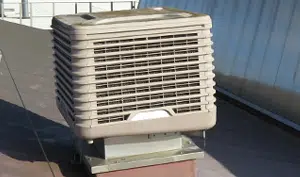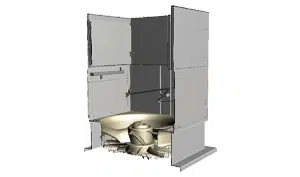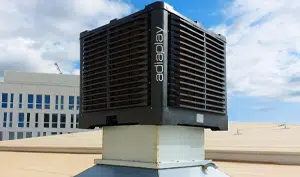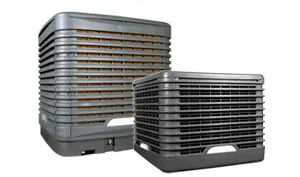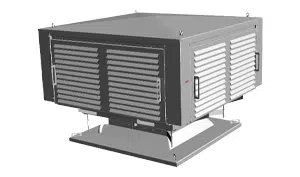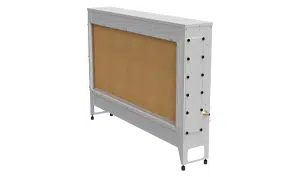
Known as adiabatic cooling or bioclimatic air conditioning, this simple ecological process uses hot outside air to transform it into cooled air.
The hot and dry air passes through a wet exchanger where it cools down. The energy required for the evaporation of water is extracted from the air.
This natural phenomenon is similar to what can be observed near water bodies where the temperature is lower in summer.
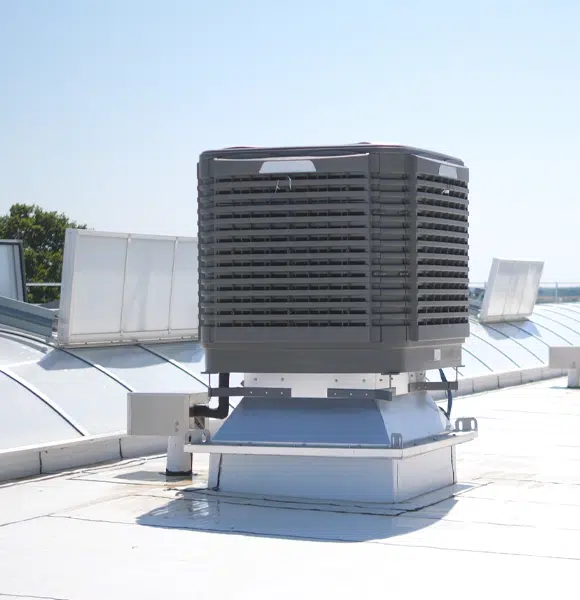
Adiabatic Cooling in images
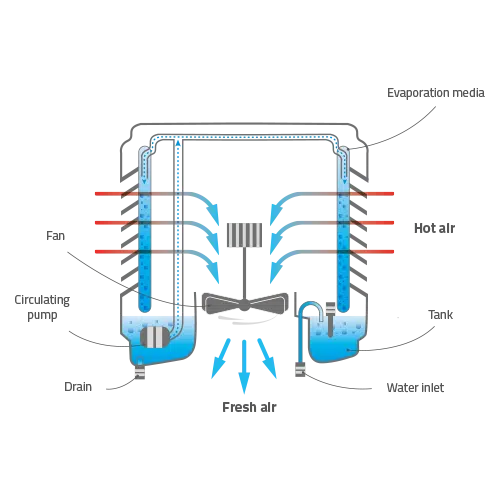
Installation
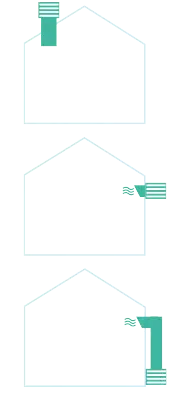
Benefits & advantages
An innovative solution for optimized production in Ardèche
The study deals with the implementation of an adiabatic cooling system in an 18,000 m² industrial building located in Tournon-sur-Rhône, Ardèche.
This site, the largest in Europe for the production of leisure vehicles with 13,000 units per year, was facing challenges of excessive heat affecting productivity and risking interruption of the production line. Traditional air-conditioning solutions were unsuitable and costly, especially as the site’s operations required doors to be kept open for the constant flow of goods.
The customer was looking for a cost-effective solution that would not disrupt the existing smoke extraction system, and would minimize interruptions during installation. Integration and control of the coolers via their Building Management System (BMS) was also essential.
